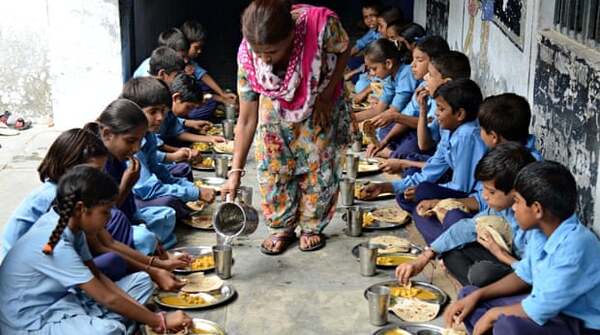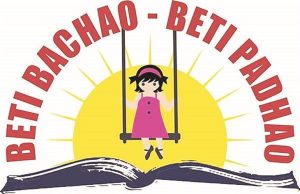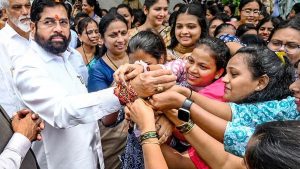The Union Cabinet Committee on Economic Affairs (CCEA) chaired by Prime Minister Narendra Modi approved the Pradhan Mantri Poshan Shakti Nirman (PM POSHAN), a modified version of the existing National Scheme for Mid-Day Meal in Schools (MDM) on 29 September, 2021. The MDM scheme is a centrally sponsored scheme under which the government provides one hot cooked meal to all children studying in classes 1 to 8 in government and government-aided schools.
The Central government has announced a total budget of 1,30,794.90 crore rupees for PM POSHAN, which will be shared between the centre and the states. The scheme will operate for a period of five years between 2021-22 to 2025-26. The centre and state governments will continue to share a 60:40 split in the expenses incurred for the implementation of the scheme with a financial outlay of 54061.73 crore rupees from the central government, and 31,733.17 crore rupees from state governments and union territory administrations. The centre will also bear an additional cost of 45,000 crore rupees on food grains.
Under the new scheme, the government has proposed to extend its coverage to students studying in pre-primary or ‘Bal Vatikas’ of government and government-aided primary schools along with the existing 11.80 crore beneficiaries. It has also announced that special provisions will be made for providing supplementary nutrition to children living in districts with a high prevalence of anaemia.
The government has announced “Tithi Bhojan” where children will be provided with ‘special food made by people on special occasions/festivals’.
It proposes to involve Farmer Producer Organizations (FPOs) and Women’s Self-Help Groups (SHGs) in the implementation of the scheme under Atma Nirbhar Bharat (self-reliant India) in an attempt to stimulate local economic growth through use of locally grown traditional food items. It also plans to set up School Nutrition Gardens with a view to use the harvest to provide ‘additional micro-nutrients’.
District-wise social audits have been made mandatory under the scheme for greater accountability. University students and trainee teachers of Regional Institutes of Educations (RIE) and District Institutes of Education and Training (DIET) will monitor the progress made under the scheme on field visits.
One of the major objectives of the Prime Minister’s Overarching Scheme for Holistic Nourishment (POSHAN Abhiyaan), launched in 2018, was to eradicate malnutrition by 2022.
The scheme however does not promise anything new. In fact, a comparison of the budgetary allocations over the years show that the scheme has faced major budget cuts. The 2021 allocation for the scheme has seen a 38% reduction since 2014, after factoring in inflation.
RoadScholarz, a group of students and volunteers who conduct action-oriented research, shared an analysis on the budget cuts under MDM since 2014, which showed that the funding from the scheme has been reduced from 13,215 crore rupees in 2014 to 11,500 crore rupees in 2021.
The central government’s allocation under PM POSHAN across 5 years (54,061 crore rupees), proposes an expenditure of 10,812 crore rupees per year. This is lower than the 2021-22 allocation.





